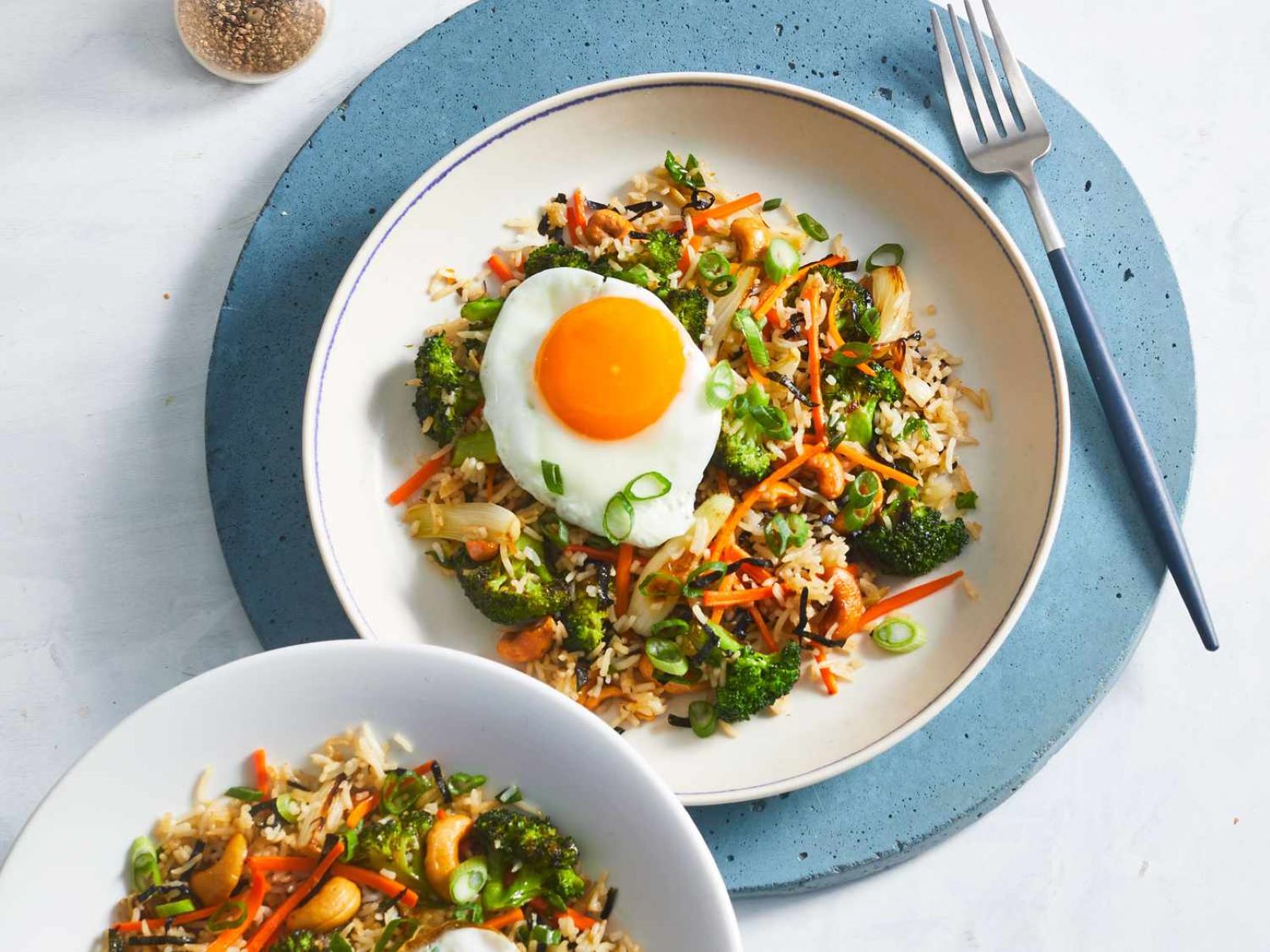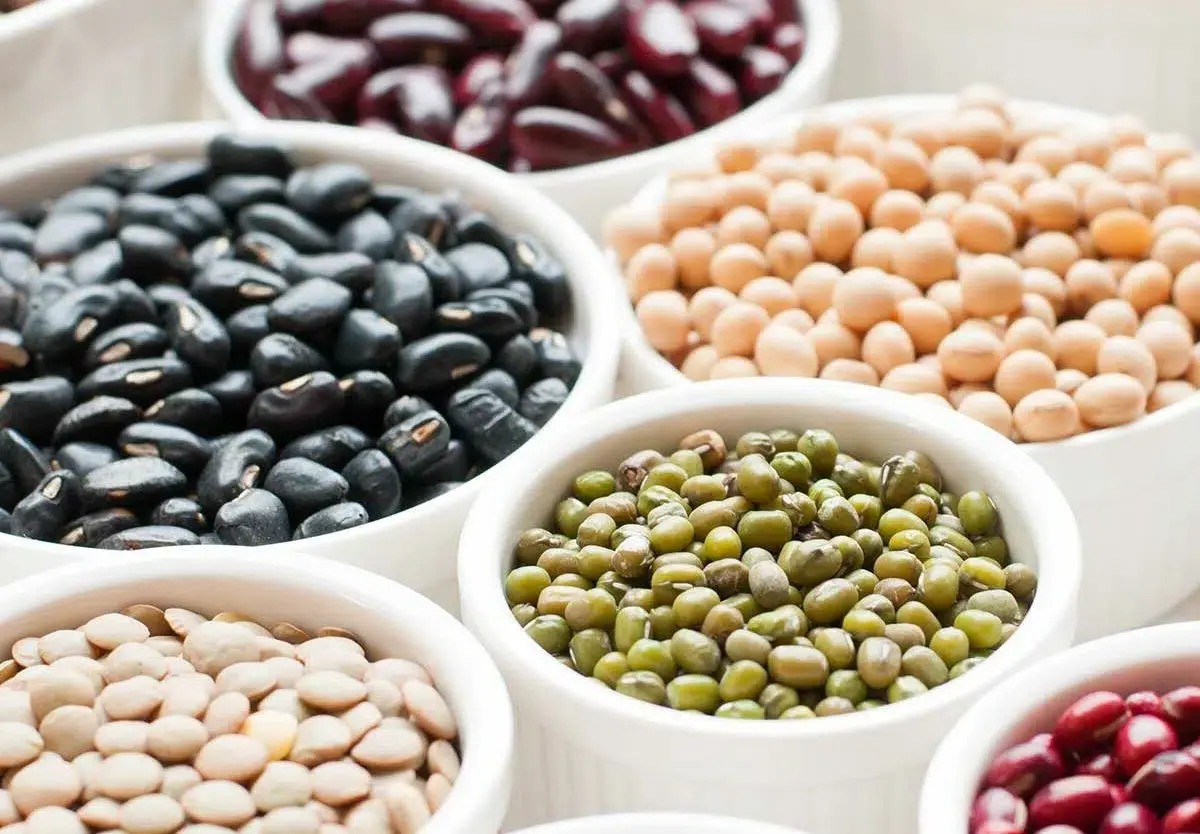
Lunch is a midday meal that is enjoyed by people around the world. It provides a much-needed break from the daily routine and offers a chance to refuel and recharge for the rest of the day. While lunch may seem like a simple concept, there are actually many interesting and surprising facts about this mealtime tradition. From the origins of the word “lunch” to unique lunch traditions in different cultures, the world of lunch is full of fascinating tidbits. In this article, we will explore 15 intriguing facts about lunch that will not only expand your knowledge but also make you appreciate this often overlooked mealtime. So grab your sandwich or salad and get ready to learn some interesting facts about lunch!
Key Takeaways:
- Lunch is more than just a meal; it’s a chance to connect with others and enjoy a variety of delicious and nutritious foods from around the world.
- Eating a balanced and satisfying lunch can help keep you energized and focused throughout the day, preventing those dreaded afternoon energy crashes.
Lunch is the midpoint meal of the day.
Lunch is typically eaten between breakfast and dinner and provides essential nourishment to keep us fueled and focused.
The origin of the word “lunch” is uncertain.
While some suggest it comes from the Spanish word “lonja,” meaning a slice of ham, others argue it stems from the English word “lump,” referring to a thick piece of food.
The concept of lunch breaks dates back to the 19th century.
During the Industrial Revolution, workers started taking breaks midday to replenish their energy, leading to the establishment of designated lunch breaks.
Sandwiches are a lunchtime favorite.
Whether it’s a classic BLT or a gourmet Panini, sandwiches are a popular and convenient choice for lunch due to their versatility and portability.
Salads are also a go-to option for a healthy lunch.
From Caesar salads to quinoa bowls, salads offer a refreshing and nutritious alternative for those seeking a lighter meal option.
The Japanese have a unique lunchtime tradition called bento boxes.
Bento boxes are compartmentalized containers that consist of various small, portioned dishes and are a popular lunch option in Japan.
Many cultures have their own traditional midday meals.
From the American classic of a turkey Thanksgiving dinner to the Spanish tapas or the Indian thali, lunchtime meals vary across different cultures.
The content of lunch varies depending on dietary preferences and cultural norms.
Vegetarian, vegan, gluten-free, or meat-based meals can all find their place in a satisfying lunchtime menu.
Lunchtime is an opportunity to socialize with colleagues and friends.
Sharing a meal during the midday break not only provides nourishment but also fosters connection and camaraderie.
Food delivery services have revolutionized lunchtime options.
Nowadays, individuals can enjoy a wide variety of cuisines delivered straight to their doorstep, expanding lunchtime choices beyond traditional takeout.
In some countries, lunch is the largest meal of the day.
Countries like Spain and Greece have a tradition of enjoying a substantial midday meal, followed by a lighter dinner.
Skipping lunch can negatively impact productivity and focus.
Proper nourishment during lunchtime helps maintain energy levels and enhances cognitive function, leading to improved work performance.
The timing of lunch varies across different cultures.
While some cultures have lunch as early as 12:00 PM, others may have it as late as 2:00 PM or later.
Lunchtime is an opportunity to incorporate a variety of food groups.
Including fruits, vegetables, whole grains, proteins, and healthy fats in your lunch promotes a balanced diet and overall well-being.
Eating a satisfying lunch can help prevent afternoon energy crashes.
By providing your body with the necessary nutrients, lunch can help you stay energized and focused throughout the day.
Conclusion
Lunch is not just a midday meal, but a fascinating subject with numerous facts and interesting tidbits. From its cultural significance to its health benefits, lunch carries more importance than we often give it credit for. Whether you are a food enthusiast or simply curious about the world around you, these 15 facts about lunch will surely pique your interest. So, next time you sit down to enjoy your midday meal, remember the rich history and significance behind it.
FAQs
Q: Why is lunch considered an important meal?
A: Lunch is considered an important meal because it provides the necessary nutrients and energy to sustain us throughout the day. It helps refuel the body and brain, boosts productivity, and keeps us focused and energized.
Q: What are some popular lunch options?
A: Popular lunch options vary across cultures and personal preferences. Some common choices include sandwiches, salads, soups, wraps, pasta, rice bowls, and various types of world cuisine such as sushi, tacos, and curry.
Q: Why is lunchtime different around the world?
A: Lunchtime can vary around the world due to cultural norms, work schedules, and geographical locations. Some countries have a longer lunch break, while others may have a lighter midday meal and a larger dinner.
Q: Is it better to have a light or heavy lunch?
A: The ideal lunch depends on individual needs and goals. Some prefer a light lunch to prevent feeling sluggish, while others opt for a heartier meal to sustain energy levels throughout the day. It’s important to find a balance that suits one’s lifestyle and dietary requirements.
Q: Can lunch affect productivity?
A: Yes, lunch can significantly impact productivity. A well-balanced and nutritious lunch can enhance cognitive function and concentration, whereas a heavy or unhealthy meal may lead to sluggishness and decreased productivity.
Q: Are there any health benefits associated with taking a lunch break?
A: Yes, taking a lunch break has several health benefits. It provides an opportunity to refuel, reduce stress levels, socialize, and engage in physical activity, leading to improved overall well-being.
Was this page helpful?
Our commitment to delivering trustworthy and engaging content is at the heart of what we do. Each fact on our site is contributed by real users like you, bringing a wealth of diverse insights and information. To ensure the highest standards of accuracy and reliability, our dedicated editors meticulously review each submission. This process guarantees that the facts we share are not only fascinating but also credible. Trust in our commitment to quality and authenticity as you explore and learn with us.


